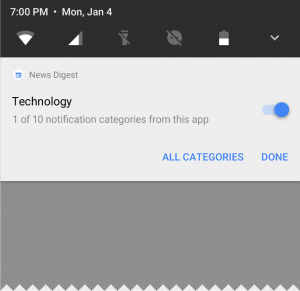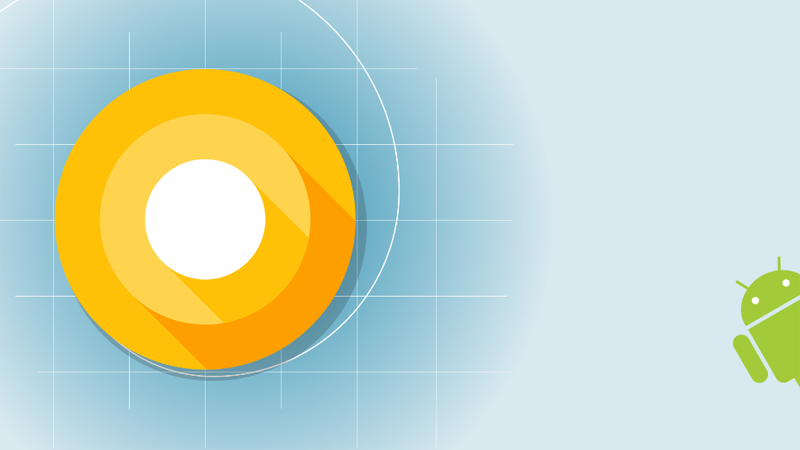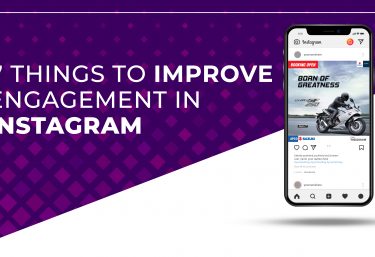Google just released a few tidbits about the next version of world’s biggest operating system Android. On 21 March the search giant launched the first Android O Developer preview, which arrives later this year and is known for now as Android O. The update comes with new features including background limits on apps, battery-life boost, notification channels, picture-in-picture facility, adaptive icons, auto fill in-apps and more.
The latest version of Android will function through four preview versions. While the first preview is already out, preview 2 will be available in mid-May, preview 3 will be available mid-June and preview 4 will be available sometime in August. The final release is expected to take place in Q3 of 2017. The schedule is similar to last year’s Android Nougat preview program.
Background limits: The last few Android releases put a heavy emphasis on improving battery life. Android O adds to this by putting automatic limits on what an app can do while they are in the background. These limits focus on three areas: implicit broadcasts, background services and location updates. For developers, this may actually be the most far-reaching of the new features in Android O and Google explicitly notes they should check out its documentation about these changes.

Limits in Apps notifications.
New Wi-Fi features: Wi-Fi may seem like an old hat, but Android O is adding support for a few (relatively) new connectivity features. The updated OS will support more Wi-Fi Aware features like Neighbourhood Aware Networking (NAN), for example. NAN makes it easy for apps and devices to talk to each other without an internet access point in the middle (or any internet connectivity at all). Google says it is working with partners to bring support for NAN to devices “as soon as possible.”
Better inter op for calling apps: Android O will make it easier for calling apps to talk to each other and make calls over the carrier network. Developers will now be able to use the new Telecom framework to build their own UI for placing calls and calls will be displayed and controllable via Bluetooth devices with displays like you’d find in a car. For the most part, this looks like a feature the telecoms will be happy about but that won’t matter all that much to users.
For the most part, these updates aren’t earth-shattering, but it’s worth keeping in mind that this is a developer preview and we’ll likely see quite a few new features pop up before the public launch. Like last year, Google promises it will do a deep dive on all things Android at its I/O developer conference in May. If the company follows the same release schedule as last year, we’ll likely see the first consumer devices with Android O at a Google hardware event in October.
Android Nougat two releases are currently installed on 2.8 percent of all Android devices and many users (more than 65 percent) are still using pre-6.0 releases. To some degree, it’s starting to feel as if Google is now developing Android for its own devices first, especially given that the first devices to launch with O(reo) pre-installed will likely be Google’s own again, too.






